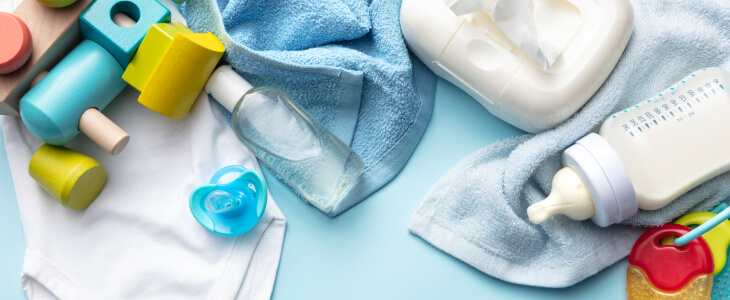As a parent, you should be able to trust that a product marketed to be used by your child is safe for them. But unfortunately, that’s not always the case. In 2022 alone, 5.57 million units of children’s products were recalled in the United States. With that said, if your child has been harmed by defective children’s toys or products, you may be entitled to compensation.
Hale & Monico is a team of personal injury attorneys who are committed to pursuing justice for all Chicago children who may have been injured by a defective product. Our attorneys are experienced trial lawyers, and we will fight to get a just result for your child’s injuries that ensures the product manufacturer is held liable. Learn more about how we can help by contacting Hale & Monico today and scheduling a free consultation.
What Qualifies as a Defective Product?
A defective children’s product is defined as one that is unreasonably dangerous when used for its intended purpose. There are three main forms of defects that can affect a product. These include design defects, manufacturing defects, and defects in marketing.
A design defect is a problem that arises during the initial creation of the product. Most design defects are caught in the testing stages, but some do slip through the cracks.
A mistake that occurs during the assembly or distribution process and that causes the product to function improperly is considered to be a manufacturing defect.
Lastly, a marketing defect happens when the buyer of the product (usually a parent) does not receive crucial information about how the product should be used or is otherwise not warned about the potential harm the product can cause. Marketing defects, therefore, may happen when there are no warning labels or age limits on a product.
Examples of defective children’s items can include any of the following:
- A toy with small parts that could pose a choking hazard
- A car seat with a harness that malfunctions
- Toys with long ropes or strings that could cause strangulation
- A crib with rails that are too far apart
- Food items marketed for infants and children, such as formula
- Medical devices
- Children’s clothes or bedding
These items may be considered defective because they don’t include warning labels or because their flaws are not noticeable until a child is hurt. For example, the Consumer Product Safety Commission (CPSC) recommends that infants under 12 months old should be placed in a crib with slats that are no more than 2 ⅜ inches apart.
A difference of only one or two-eighths of an inch is visually indiscernible to most people. But it can easily endanger a baby’s life. The failure to meet the CPSC safety standard or to include a warning on the label would classify the crib as defective.
Even if a children’s product is recalled because it has been determined to be defective and dangerous, injuries that occur after the recall are still the manufacturer’s responsibility.
What Should You Do if Your Child has Been Injured by a Defective Product?
If your child has been hurt by an item that is clearly defective, you may have legal recourse. An award for damages is the most common type of reimbursement. These are awarded based on the costs associated with the injury, including hospital, therapy, and rehab bills, as well as medication costs. Any ongoing care your child might need as a result of the dangerous product will also be included in the award.
Your court claim could also be part of a class action lawsuit. In 2019, Fisher-Price initiated a recall of its Rock ‘n Play Sleeper after the crib-like sleeper asphyxiated 50 infants, and the company received several class-action suits against the product.
Of course, to be included in a class action suit, you need the help of an attorney knowledgeable in class action claims. Contact Hale & Monico as soon as possible: One of our attorneys can advise you on the possibility of being included in a class action suit.
In any case, though, keep in mind that getting the reward you deserve is not as easy as suing a manufacturer. Many parties may be held accountable for the defect, for one thing. A retailer may have failed to pull its stock of a recalled food item from the shelves after it was recalled, for instance. Alternatively, the responsible party may claim that you or your child used them in a different manner than it was intended for.
Call Hale & Monico for More Information
No matter the item, if you believe your child has been injured by a product that was manufactured with a dangerous defect or one that did not include proper warning labels for its safe and proper use, contact Hale & Monico to learn more about filing a claim or joining a new or existing class action lawsuit.
